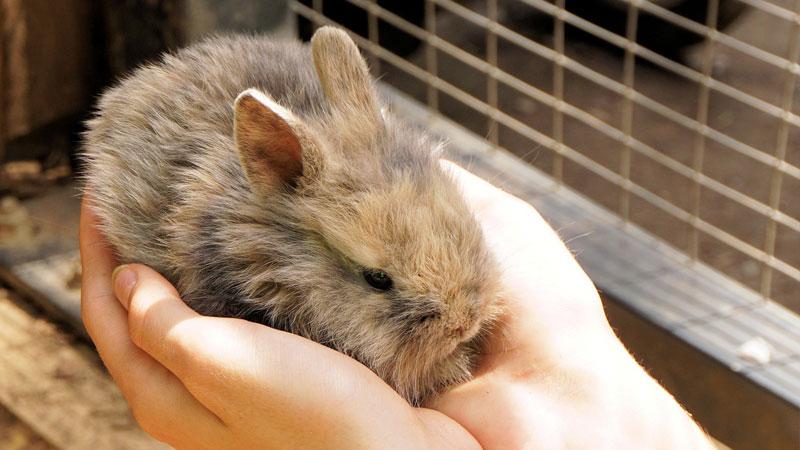Easter is near, and animal-rescue outfits are cringing even before the influx begins.
Their common plea: Don’t buy those fuzzy bunnies, ducklings or chicks that start their lives tucked inside Easter baskets or adorning Easter tables.
“Don’t buy live Easter animals of any sort unless you’re willing to make a commitment to the life of the animal,” said Tammy Vrettos, who runs Gilbert-based Webfoot ResQ, a non-profit that rescues domestic waterfowl. “And certainly, don’t discard them.”
Feedlot stores and backyard breeders sell ducklings, sometimes dyed in a pastel color. Rabbits are available from pet stores.
Each year, Vrettos saves about 600 waterfowl, dumped in Valley parks, community lakes, golf courses, canals, parking lots and school ponds. The animals, often found starving, wounded or sick, are fostered and adopted to screened permanent homes. In the right environment, they live from 10 to 20 years.
Her rescues intensify after Easter, around June and July.
“By the time we get them, people are tired of them, as the novelty has worn off and they’re getting messy,” said Vrettos, who has about 150 ducks and geese from last year that still need foster and permanent homes. “When the responsibility sets in, they are usually grown. That’s the time they are discarded.”
It’s the same story with rabbits.
Arizona Humane Society received six to 10 rabbits during the first few months of last year; in June, it received 19. This year, the organization received 12 rabbits in February, 16 in March and 18 so far in April.
Brambley Hedge Rabbit Rescue in Scottsdale sees a large influx of rabbits at the beginning of summer.
Spokeswoman Kim Dezelon said that people are unaware that rabbits require more work than cats and dogs. Rabbits don’t like to be held, bite when frightened, must live indoors because they can’t survive in temperatures above 85 degrees, and require two hours of daily playtime outside their pen. They can live for 10 years.
“Rabbits are a high-maintenance animal,” Dezelon said. People “realize that when they get ready to go on summer vacation.”
She estimates that 50 percent of rabbits purchased at Easter will not see their next birthday and will not remain in their first home. The non-profit has more than 130 domestic rabbits for adoption.
“A majority of these rabbits are Easter dumps,” Dezelon said. “People tire of their ‘novelty’ bunny and simply set them free in neighborhoods. If they are not killed immediately by predators, they are rescued and require expensive veterinarian care, and lots of hands-on attention daily.”
On her half-acre property in central Phoenix, Nancy Nenad takes in injured animals, including chickens.
Nenad says that lately, animal abandonments have increased, and she says she has set up a non-profit called Little Orphan Animals to accept donations.
“People call me or leave them at my doorstep,” Nenad said. “If they are roosters, it adds a whole new dimension as they have to be declawed.”
Nenad finds “a rash of rabbits and chickens popping up about a month after Easter.”
“People have to realize that these are living beings that have emotions and feelings,” she said. “You can’t discard them. There’s no difference between a puppy and a chicken as far as I’m concerned.”
Vrettos described an incident in Scottsdale last year in which ducklings were distributed as Easter gifts at a party.
“They should have been grown, but they came to me practically looking like they were 10 days old – they were so stunted because they had spent their entire life living in a dark garage, ignored and neglected,” Vrettos said.
“The people refused to part with them because the 9-year-old kid wasn’t tired of it. Those are the sort of buyers that we’re really trying to discourage. I think if you eliminate impulse buyers, you can eliminate 90 percent of our abandonment problem.”




